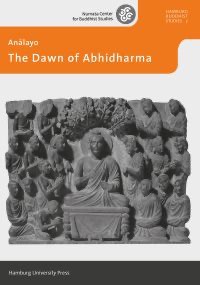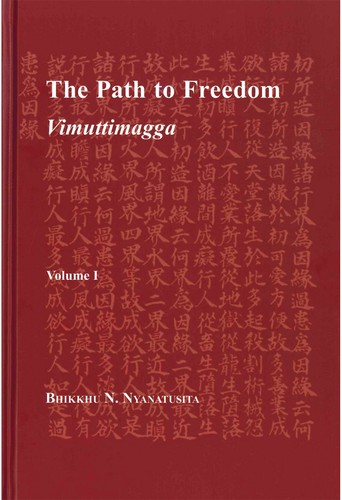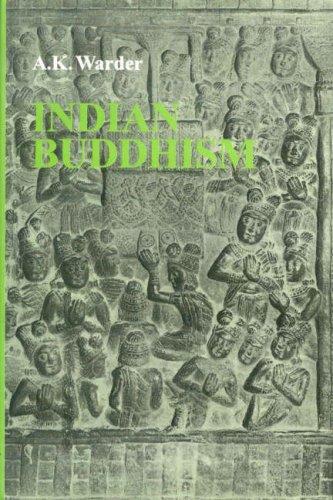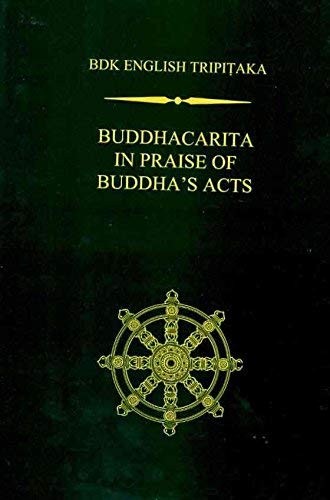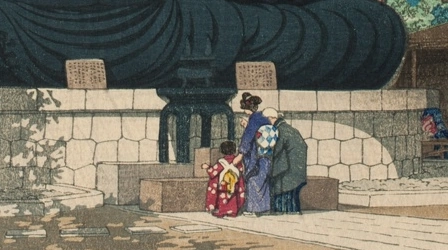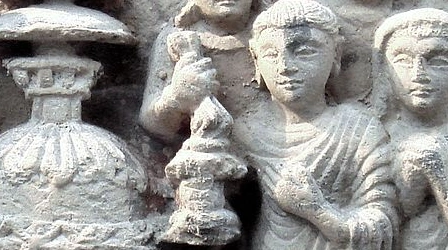Early Indian Buddhism
Subscribe to this topic via: RSS
The common history of the Buddhist traditions in India, from the Buddha’s parinirvāṇa until the closing of the Pāli Canon. For India at the time of the Buddha, see Buddha’s India.
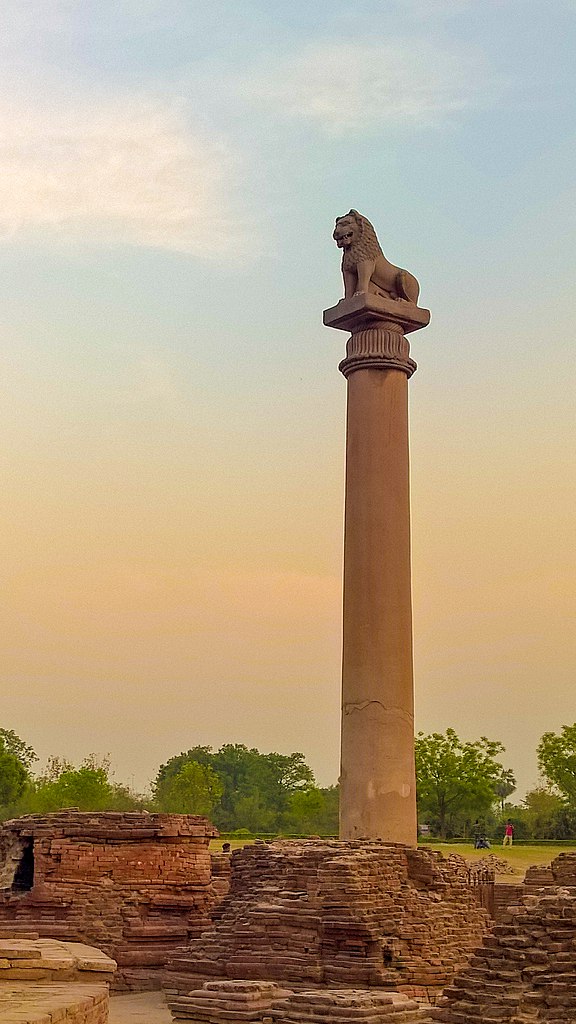
An Ashokan pillar still proudly stands over the ruins of the Kūtāgārasālā of Vaiśālī where the Buddha often stayed and which was a thriving monastery in North India for centuries after the Buddha's passing. (Amaan Imam, CC BY-SA 4.0)
Table of Contents
Books (10)
Featured:
-
⭐ Recommended
-
600 pages
See also:
Canonical Works (9)
Featured:
-
These are the over two hundred kinds of knowledge that arise in one who develops concentration by mindfulness of breathing with sixteen grounds
-
Raising my hands and putting my palms and fingers together, I saluted
See also:
Readings (45)
Featured:
-
🥇 Best of
A very brief summary of the Śrāvakabhūmi: an ancient meditation manual preserved by the Yogācāra school.
-
⭐ Recommended
That nuns did participate in the transmission and explication of the sacred texts is, however, proven by both literary and epigraphic records.
-
⭐ Recommended
But the Bodhisattva, unwilling to ask anyone for help, plucks up his courage, and goes out with his basket and cutting tool and cuts grass. He sells the grass and ekes out a meager living, giving what he can to those in need.
-
⭐ Recommended
We may begin with one simple list, but the structure of early Buddhist thought and literature dictates that we end up with an intricate pattern of lists within lists
24 pages -
With these various strands of thought, the basic ingredients of the bodhisattva ideal seem to fall into place.
44 pages -
The ability of a lineage to carry a particular association is of great benefit to the narratives, for it provides both weight and flexibility.
-
Gives a short overview of the methods and evidence for studying the early history of Buddhism.
36 pages -
One sage among them who possessed the five kinds of supernatural knowledge came down to the border of village. The sage told them what had happened…
-
The Buddhist tradition has tended to associate Moggallāna with concentration or serenity, and Sāriputta with wisdom or insight, and to characterize the former figure along with his outstanding faculty as inferior to the latter.
26 pages -
An encyclopedia entry introducing the Abhidharma and Indian Buddhism.
-
We have direct evidence of the extent of the Maurya empire thanks to the edicts of Aśoka, Candragupta’s grandson.
-
I suggest that the original form of the ‘enlightenment’ set was the ‘basic’ set: idaṃ dukkhaṃ, ayaṃ dukkha-samudayo, ayaṃ dukkha-nirodho, ayaṃ dukkha-nirodha-gāminī paṭipadā When these items became known as “Truths”, they were [later] so designated: idaṃdukkha-saccaṃ, etc.
-
Other kings have victories; he has dhamma victories. Other kings go on hunting expeditions; he gets much more pleasure out of dhamma expeditions, on which he makes gifts to brahmins and renouncers and senior citizens, tours the country and finds instruction in the dhamma. Other kings have officials; he has dhamma officials…
14 pages -
The evidence points to a significant Buddhist presence with one or more structural reliquary stūpas dating to the early centuries BCE.
-
What had started out as a rather straightforward fact took on a mystical flavour.
-
Of all the discoveries Cunningham ever made he always considered that at Bharhut to be the most significant.
-
A poem from the Tibetan Tradition about one of the pilgrimage sites in Buddhist India: the spot to which the Buddha is said to have descended after teaching the devas.
See also:
Audio/Video (7)
Featured:
See also:
